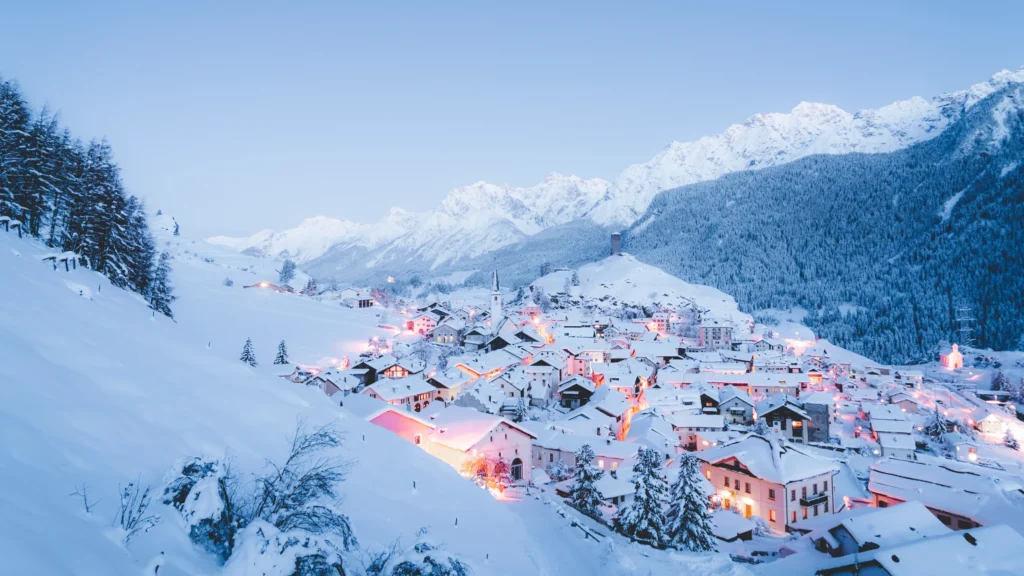In an increasingly globalized world, understanding the cost of living in various countries is crucial for travelers, expatriates, and investors. The most expensive countries are characterized by high living expenses, including housing, food, transportation, and entertainment. This comprehensive guide explores the factors contributing to the high cost of living in these countries and provides detailed insights into what makes them so expensive.
1. Switzerland
Overview:
- Currency: Swiss Franc (CHF)
- Major Cities: Zurich, Geneva, Basel
Cost of Living: Switzerland consistently ranks as one of the most expensive countries in the world. The cost of living in cities like Zurich and Geneva is exceptionally high, driven by expensive housing, healthcare, and transportation. The Swiss franc’s strength against other currencies also contributes to the high cost of living.
Housing:
- Average Rent: CHF 2,500 per month for a one-bedroom apartment in the city center
- Property Prices: Among the highest in the world, with prices in Zurich and Geneva exceeding CHF 10,000 per square meter
Food and Dining:
- Groceries: Significantly higher than the global average, with staple items like bread and milk costing 50-100% more
- Dining Out: A meal at an average restaurant can cost CHF 25-40
Transportation:
- Public Transport: Efficient but costly, with monthly passes costing around CHF 80-100
- Car Ownership: High taxes, fuel costs, and insurance premiums
Healthcare:
- Insurance: Mandatory and expensive, with monthly premiums ranging from CHF 300-500 per person
Quality of Life: Despite the high costs, Switzerland offers an excellent quality of life, with high standards in healthcare, education, and public services. The country’s picturesque landscapes and strong economy also contribute to its appeal.
2. Norway
Overview:
- Currency: Norwegian Krone (NOK)
- Major Cities: Oslo, Bergen, Stavanger
Cost of Living: Norway is known for its high cost of living, primarily due to its robust economy and high wages. The country’s extensive welfare system and high taxes also contribute to the overall expenses.
Housing:
- Average Rent: NOK 15,000 per month for a one-bedroom apartment in the city center
- Property Prices: High, especially in cities like Oslo, where prices can exceed NOK 70,000 per square meter
Food and Dining:
- Groceries: Among the most expensive in Europe, with meat, dairy, and fresh produce being particularly costly
- Dining Out: A meal at a mid-range restaurant can cost NOK 200-400
Transportation:
- Public Transport: Reliable but expensive, with monthly passes costing around NOK 750-1,000
- Car Ownership: High fuel prices, tolls, and taxes
Healthcare:
- Insurance: Public healthcare is funded by high taxes, with additional private insurance options available
Quality of Life: Norway offers a high quality of life with excellent healthcare, education, and social services. The country’s stunning natural beauty and outdoor recreational opportunities also enhance its attractiveness.
3. Iceland
Overview:
- Currency: Icelandic Króna (ISK)
- Major Cities: Reykjavik, Akureyri
Cost of Living: Iceland’s isolated location and small population contribute to its high cost of living. Importing goods is expensive, and the country relies heavily on imports for many products.
Housing:
- Average Rent: ISK 200,000 per month for a one-bedroom apartment in Reykjavik
- Property Prices: High, especially in Reykjavik, with prices around ISK 600,000 per square meter
Food and Dining:
- Groceries: Extremely expensive due to import costs, with prices significantly higher than the European average
- Dining Out: A meal at a mid-range restaurant can cost ISK 2,500-5,000
Transportation:
- Public Transport: Limited but costly, with monthly passes costing around ISK 12,000-15,000
- Car Ownership: High fuel prices and import taxes on vehicles
Healthcare:
- Insurance: Public healthcare is funded by taxes, with additional private insurance options available
Quality of Life: Iceland offers a unique quality of life with its breathtaking landscapes and strong sense of community. The country is known for its high levels of safety, education, and environmental consciousness.
4. Japan
Overview:
- Currency: Japanese Yen (JPY)
- Major Cities: Tokyo, Osaka, Kyoto
Cost of Living: Japan, particularly Tokyo, is known for its high cost of living. The cost of housing, food, and transportation can be quite steep, although salaries in major cities are typically higher to offset these expenses.
Housing:
- Average Rent: JPY 150,000 per month for a one-bedroom apartment in Tokyo
- Property Prices: High, with prices in Tokyo’s central districts reaching JPY 1,000,000 per square meter
Food and Dining:
- Groceries: Relatively expensive, especially for imported goods and fresh produce
- Dining Out: A meal at a mid-range restaurant can cost JPY 1,500-3,000
Transportation:
- Public Transport: Highly efficient but costly, with monthly passes costing around JPY 10,000-20,000 depending on the distance
- Car Ownership: High costs for parking, insurance, and fuel
Healthcare:
- Insurance: Public healthcare is available and affordable, but private insurance options can be costly
Quality of Life: Japan offers a high quality of life with its advanced infrastructure, excellent healthcare, and vibrant culture. The country’s blend of tradition and modernity, along with its safety and cleanliness, make it an attractive place to live despite the high costs.
5. Singapore
Overview:
- Currency: Singapore Dollar (SGD)
- Major Cities: Singapore (city-state)
Cost of Living: Singapore is renowned for its high cost of living, particularly in terms of housing and private education. However, the city-state also offers a high standard of living and robust public services.
Housing:
- Average Rent: SGD 3,500 per month for a one-bedroom apartment in the city center
- Property Prices: Extremely high, with prices often exceeding SGD 20,000 per square meter
Food and Dining:
- Groceries: Relatively expensive, particularly for imported goods
- Dining Out: A meal at a mid-range restaurant can cost SGD 20-50
Transportation:
- Public Transport: Efficient and affordable, with monthly passes costing around SGD 120
- Car Ownership: Extremely costly due to high taxes, Certificates of Entitlement (COE), and fuel prices
Healthcare:
- Insurance: Public healthcare is available, but private healthcare and insurance can be expensive
Quality of Life: Singapore offers an exceptional quality of life with its clean environment, low crime rate, and excellent healthcare and education systems. The city-state’s strategic location and cosmopolitan lifestyle also contribute to its appeal.
Conclusion
The most expensive countries in the world offer a high standard of living, excellent public services, and unique cultural experiences. However, these benefits come at a significant cost. Understanding the factors that contribute to the high cost of living in these countries can help individuals make informed decisions about travel, relocation, and investment.













